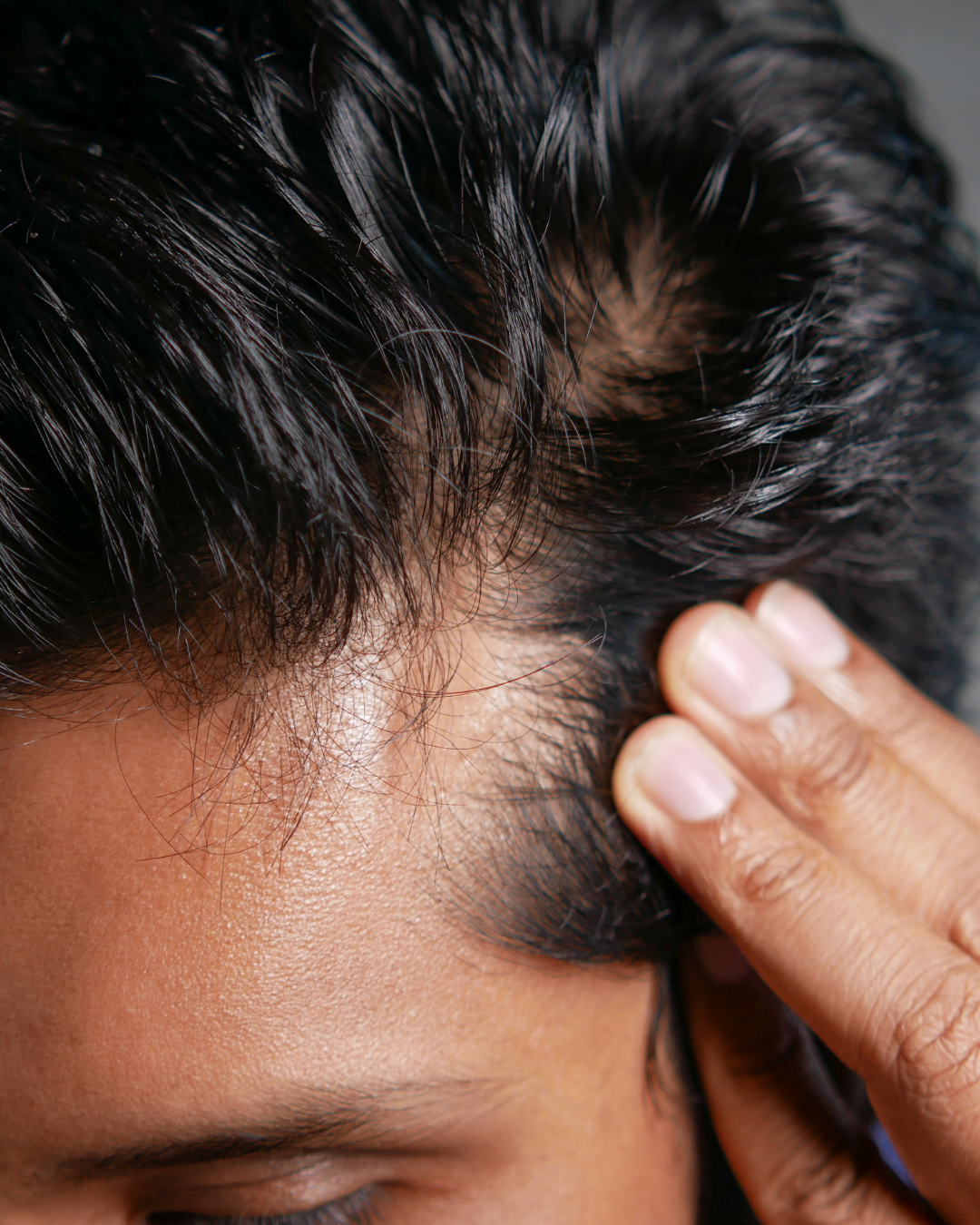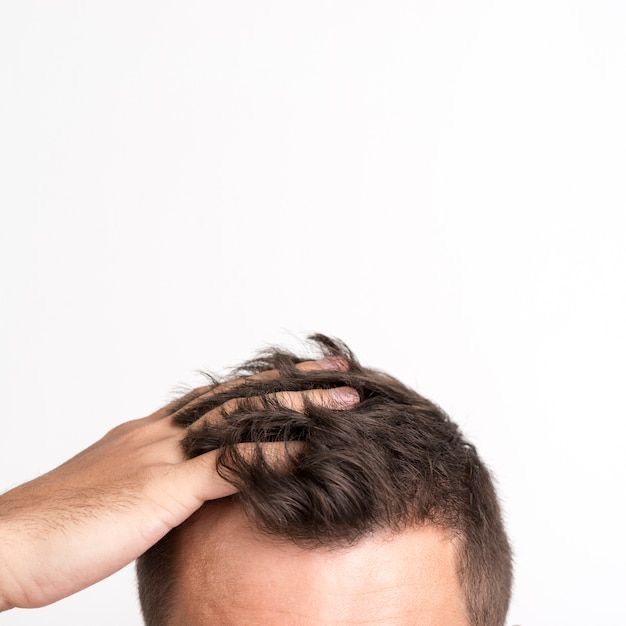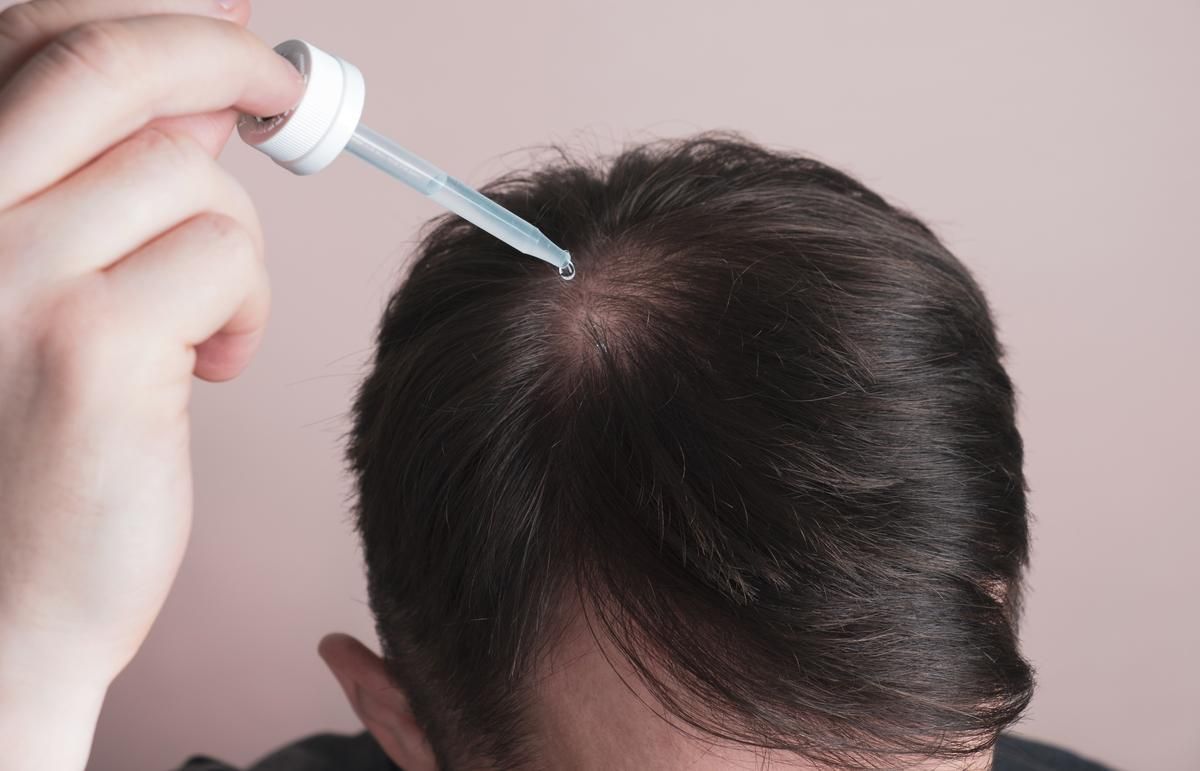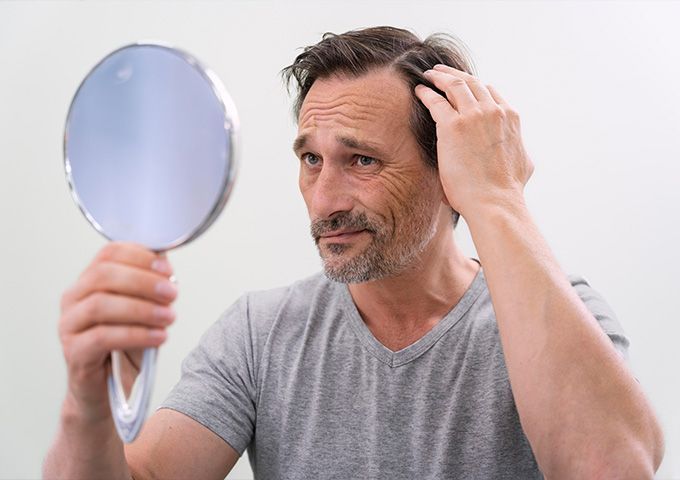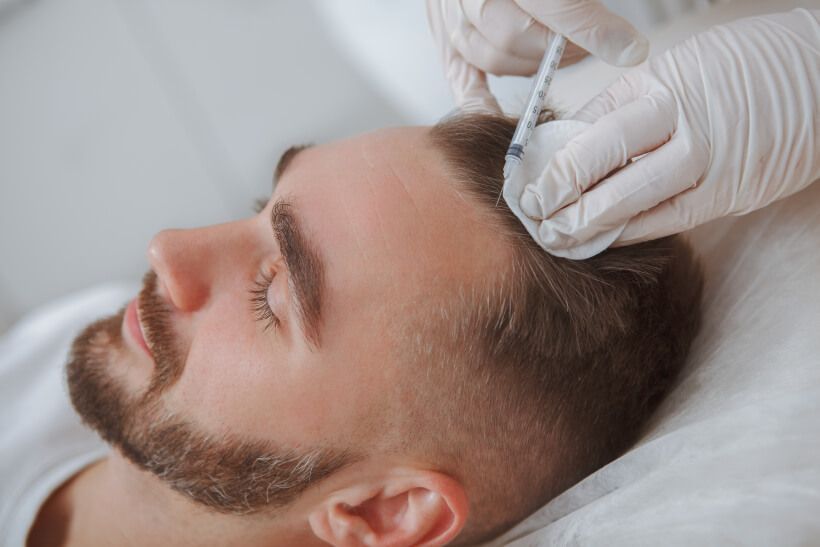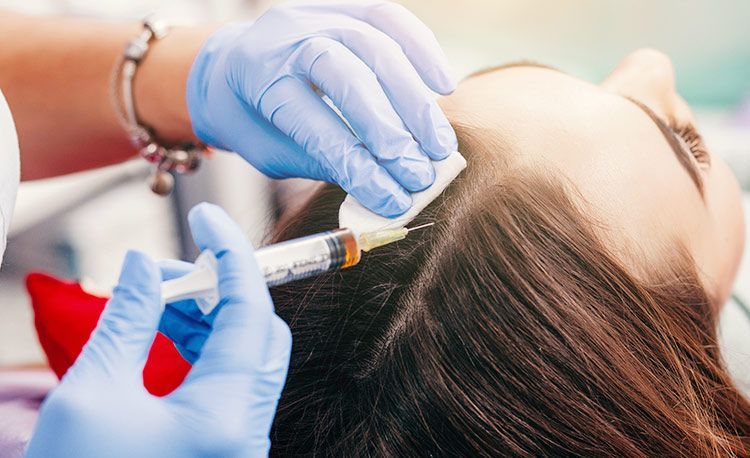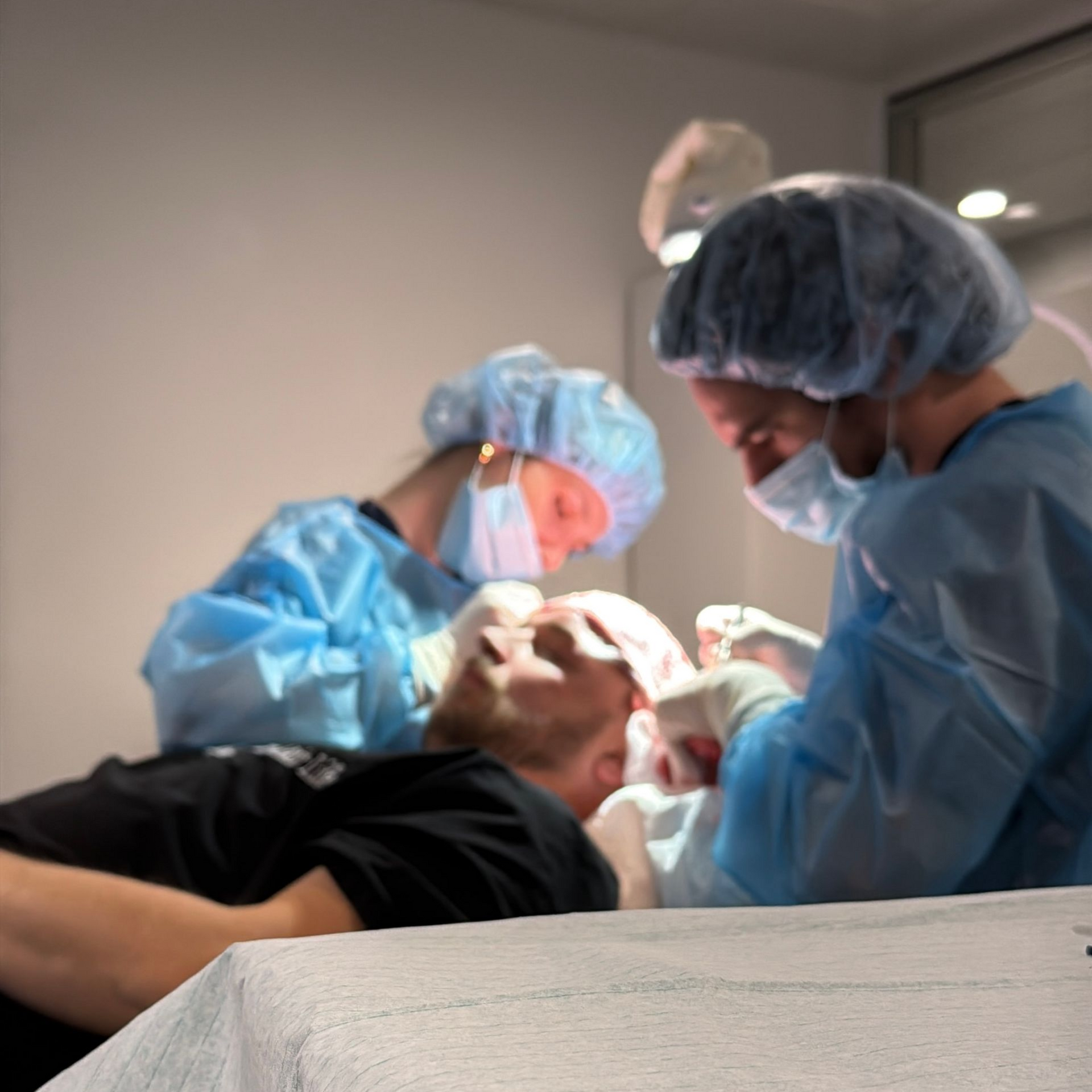Hair Loss: Normal or a Cause for Concern? How to Know When Treatment Is Needed
Many people only notice their hair thinning when they find strands on their pillow in the morning or in the shower drain. This can be a small shock. Is this normal, or is it hair loss?
Patient experiences:
Marco noticed a significantly higher amount of hair on his pillow one morning. Lisa, on the other hand, realized during brushing and in the drain that she was losing more hair than usual. Moments like these can make anyone anxious, but they are often the first sign that something is changing.
Hair loss affects both men and women and can have many causes including genetic factors, hormonal changes, stress, or medication. In this article, we explain how to distinguish normal hair shedding from problematic hair loss, which warning signs to watch for, and when a hair transplant might be appropriate. We also provide tips for actively supporting your hair.
How much hair loss is normal?
On average, a person loses 50 to 100 hairs per day. According to the American Academy of Dermatology, this is completely normal. What matters is not a single day, but changes over several weeks or months.
Tip: Observe your hair over time. Take photos of your hairline and count hairs on your pillow or comb. This helps you detect concerning changes early.
Warning signs of problematic hair loss
- Visible thinning areas such as a receding hairline or crown thinning.
- Diffuse thinning across the entire scalp.
- Sudden, significant hair loss following stress, illness, or medication.
Fact check
Stress hormones such as cortisol can push hair follicles into a resting phase, causing hair to fall out after a few weeks. Hormonal changes, for example after pregnancy or due to thyroid disorders, also strongly affect hair growth.
Hair transplantation: When is the right time?
Dr. Balci explains
“A hair transplant should only be considered once hair loss has stabilized over 6 to 12 months. We take individual factors into account, including age, hair quality, hairline, and density, to achieve a long-lasting, natural-looking result. This allows us to design the hairline optimally and ensure a sustainable outcome.”
Prevention and supportive measures
Even if a transplant is not yet necessary, you can actively support your hair.
- Healthy nutrition ensures sufficient intake of iron, zinc, vitamin D, biotin, and selenium, all of which promote hair growth.
- Stress reduction through meditation, exercise, and restorative sleep helps balance hormones.
- Gentle hair care with silicone-free shampoos and minimal use of strong-hold styling products protects hair follicles.
- Medical support such as PRP treatments or individually tailored therapy plans can help stimulate natural hair growth.
Fact check:
Studies show that a balanced diet rich in micronutrients such as iron, zinc, selenium, and vitamin D can support hair growth. PRP treatments can slow hair loss and promote new growth. According to the American Academy of Dermatology, PRP is a safe and effective method to strengthen hair follicles.
Key takeaway
Not all hair loss is cause for concern. Observe changes, recognize warning signs, and seek professional advice. This way, you will know when the right time for treatment has come and can take targeted action. If you are unsure whether your hair loss is normal or which steps are best for you, schedule a personal consultation at our clinic.

